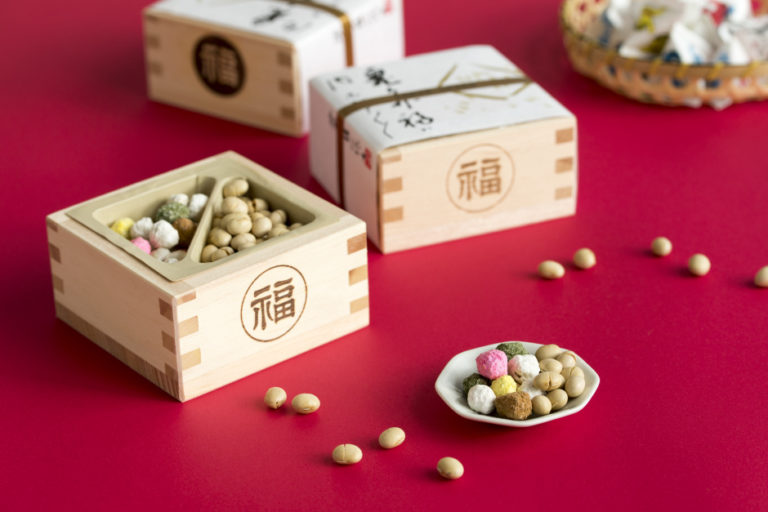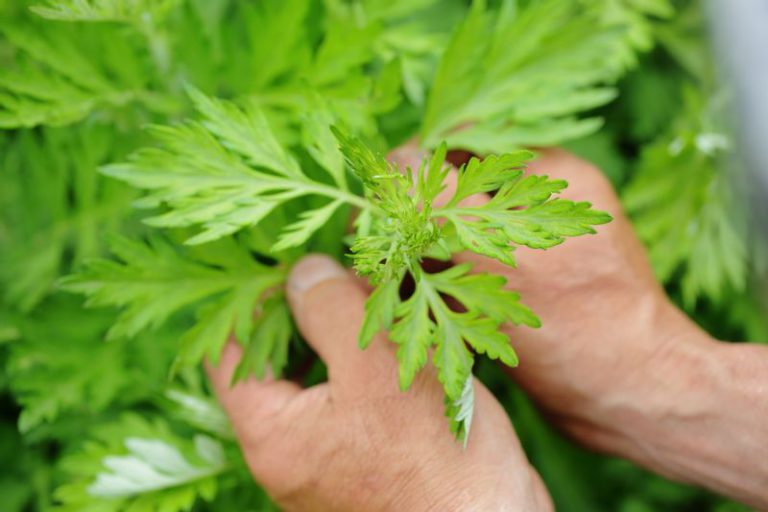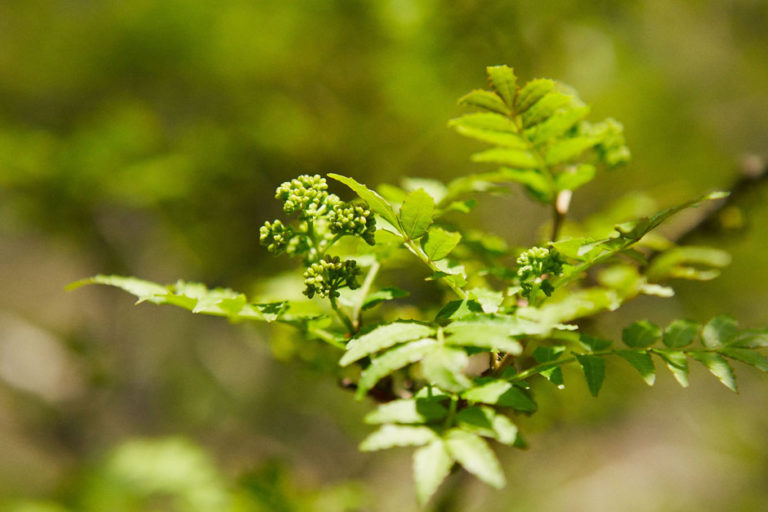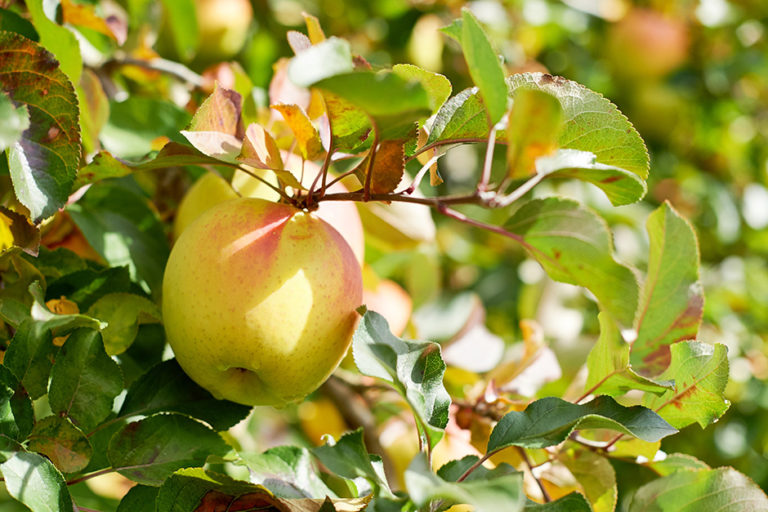Yamaoka’s Fine Agar from the Sea Supports Wagashi Culture
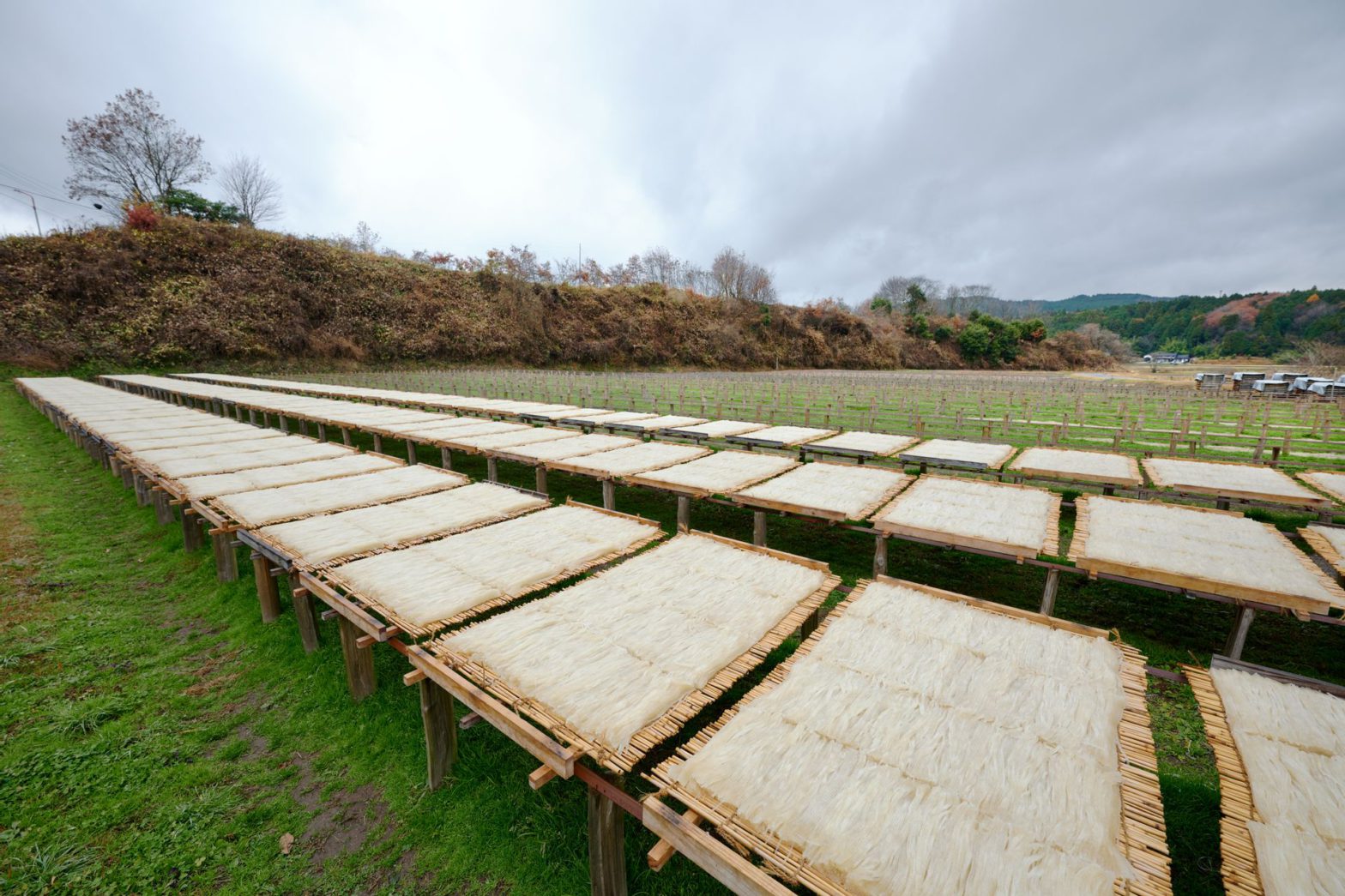
Yamaokacho's fine agar is made by skillfully harnessing the power of nature
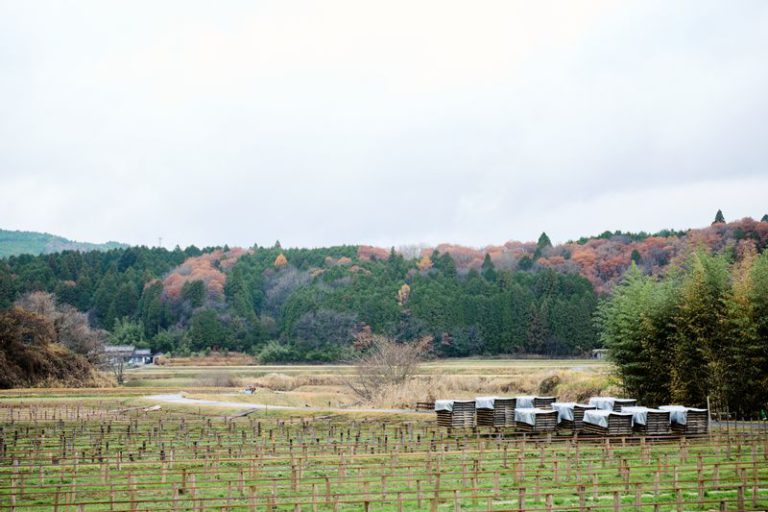
Fine agar-making in Gifu Prefecture began in 1925. It started as a side business of farmers in Iwamuracho, Ena, and its production base moved to the neighboring town of Yamaokacho in 1931. The area’s suitable climatic conditions enabled the growth of fine agar production. In order to make fine agar, traditionally it is necessary to repeat the freeze-drying process after the agar’s water is frozen. However, Yamaokacho receives a lot of sunshine and very little rain or snow, which means that the freeze-drying process can be done naturally during the winter months when temperatures drop to as low as -5℃ to 10℃.
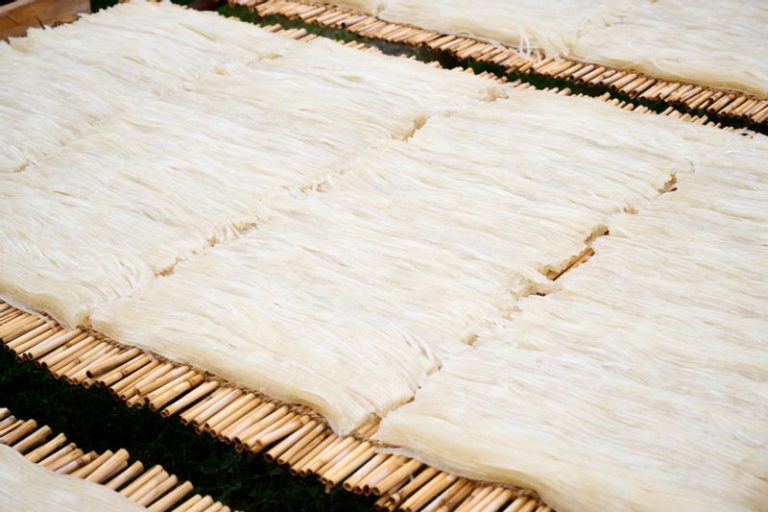
Fine agar is primarily used in making wagashi. Agar sticks are commonly used at home, while agar powder is used for industrial purposes to produce food and cosmetics. The Mizuno Kanten fine agar is a special ingredient favored by Toraya, a long-established wagashi maker. Recently, the use of inexpensive and easy-to-handle powdered agar has become more widespread. However, it is said that the taste of wagashi made with powdered agar is completely different.
“Fine agar is made of 100% wild tengusa, but common powdered agar is mixed with ogo (gracilaria verrucosa (Hudson) papenfuss) and other ingredients. For example, when making yokan, highly viscous powdered agar gives a sweet and thick taste, whereas fine agar gives a refined sweetness and a light texture, making it possible to eat many mouthfuls,” says Motoaki Mizuno, a representative of the company. We immediately decided to see their special manufacturing process.
Natural iciness and sunlight produce fine agar of good quality.
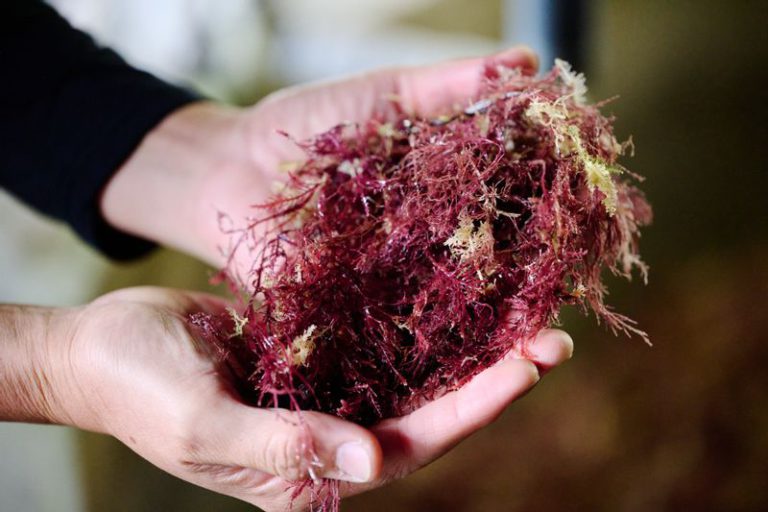
Mizuno produces agar each year from September to April. First, the tengusa is washed and boiled in a cauldron for 12 hours. There are different types of tengusa, such as makusa and hirakusa, each with distinct flavors and textures. Mizuno uses a blend of over 10 different types of wild tengusa to achieve the optimum texture and flavor for creating wagashi.
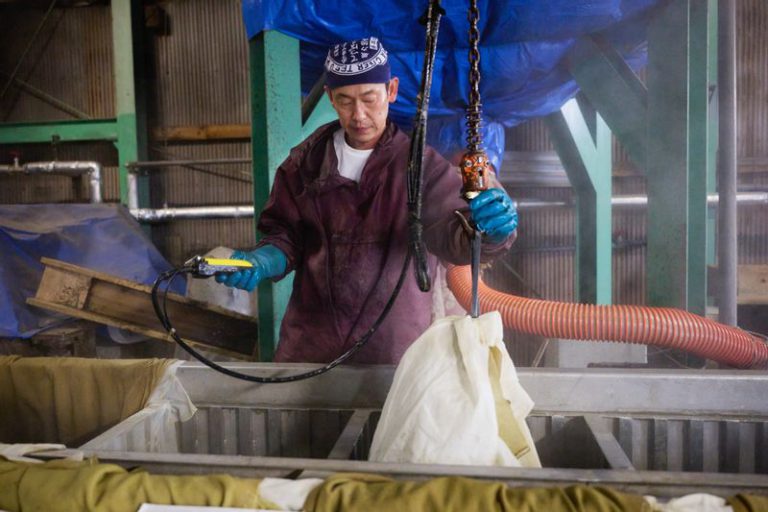
After boiling, the tengusa is strained by placing it in a bag with its liquor and placing a concrete weight on top. A machine is not used for this process, as it could discharge unwanted extracts.

Once filtered, the liquid is hardened and made into tokoroten, which is then shaped into slender sticks with a large tenzutsu tool. The sticks are then smoothed down by hand to ensure even drying.
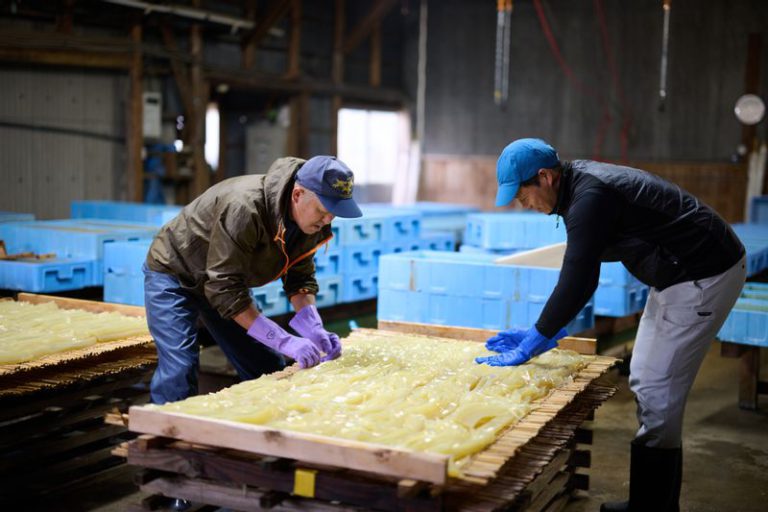
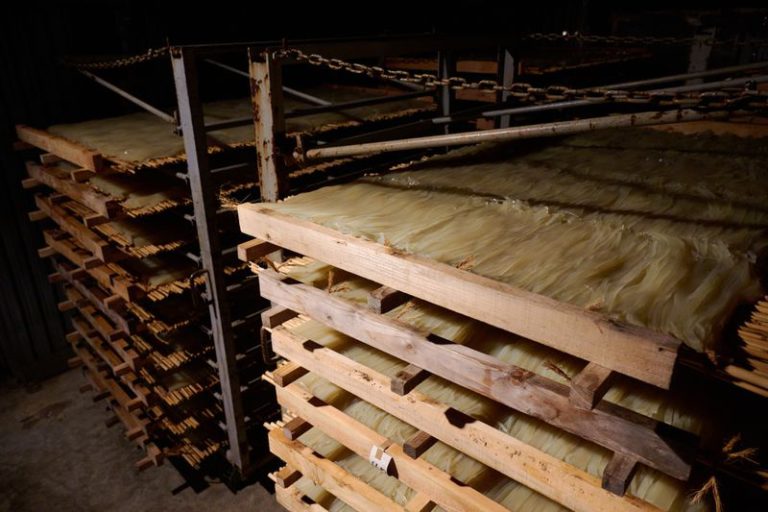
Freeze-drying is a crucial process for making fine agar. Tokoroten holds water well, so it is repeatedly frozen and dried until it is completely dry. The process utilizes the climate of Yamaokacho. When the temperature does not fall below freezing, the freezer is used. However, when the temperature drops below freezing, the product is taken outside, and ice is placed on top of it to freeze it from the surface. At noon, the sun’s rays melt and dry the frozen parts, and they freeze again at night. This process is repeated for about two weeks to produce fine agar.
Delicious when cooked with rice. We want to spread the word about agar.

Fine agar is not only essential for making wagashi, but it is also commonly used in home cooking in the local area. Mizuno recommends cooking rice with fine agar. “When you cook rice with fine agar, it coats the rice and makes it shiny and tasty even when it’s cold. Give it a try.”
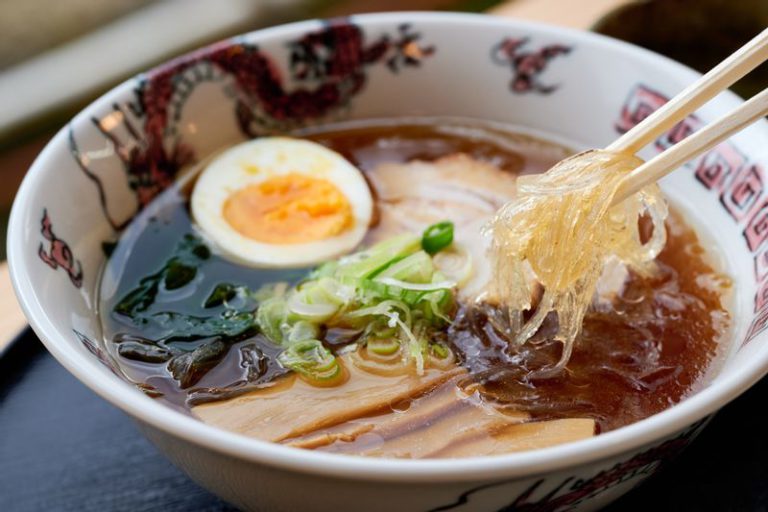
At Kantenkan, located next to Yamaoka Station, we found ramen noodles made of fine agar noodles. Fine agar is said to be healthy and very popular and is consumed in miso soup and salads.
In its heyday, Yamaokacho used to have over 100 agar factories. However, now only seven remain. There are a number of reasons for this, including the popularity of powdered agar, which is more convenient to use, the challenge of maintaining traditional production methods due to climate change, and the growing difficulty in sourcing wild tengusa. Mizuno aims to increase awareness of agar by selling it on the company’s website as well as at markets and events.
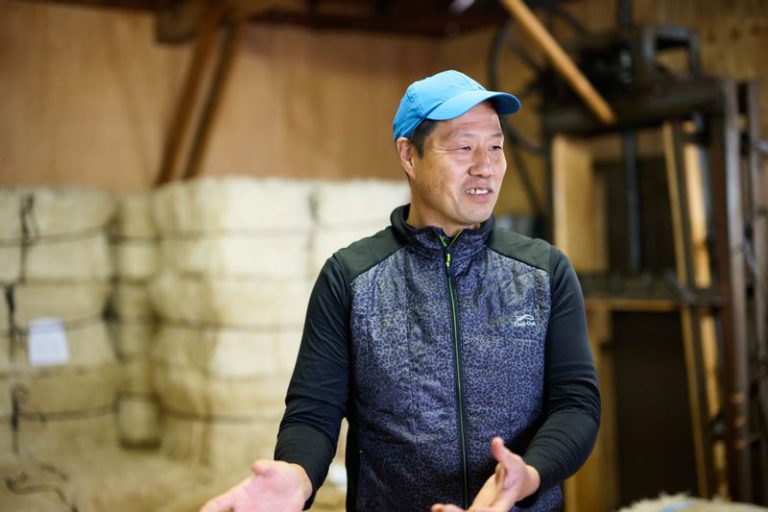
“It’s important to educate people about agar as many are not familiar with it. The wagashi industry is also supporting our efforts to preserve fine agar. Although we’re not sure how long we can continue, we plan to persist in producing it,” says Mizuno.
We can only hope that the production of fine agar will continue so that we can keep enjoying delicious wagashi.

